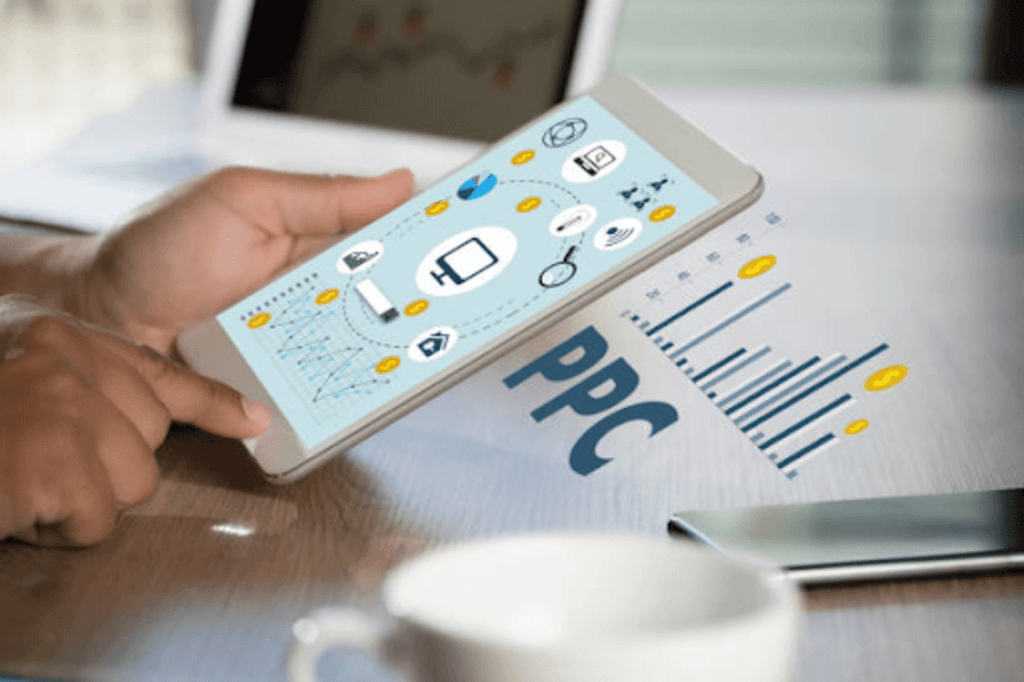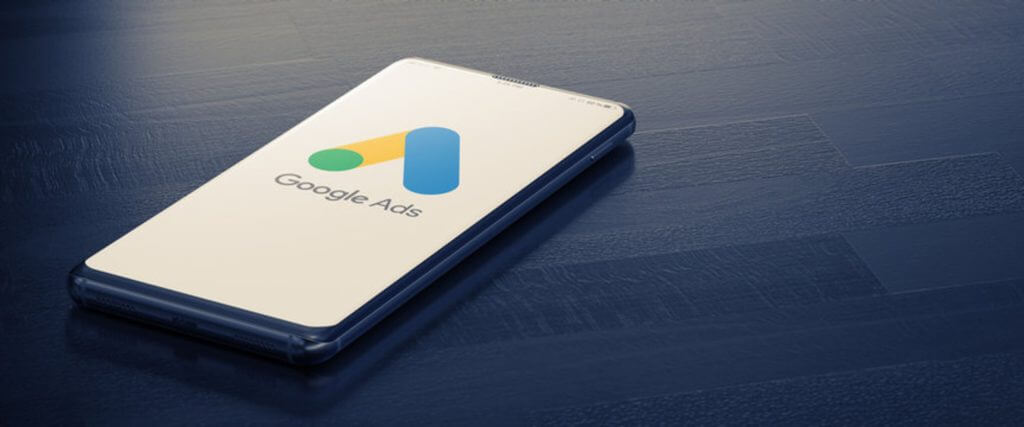
In the ever-evolving landscape of digital marketing, Pay-Per-Click (PPC) advertising stands as a powerful tool for businesses seeking targeted visibility and measurable results. The art of PPC goes beyond bidding on keywords; it involves strategic planning, compelling ad creatives, and continuous optimization to maximize Return on Investment (ROI). In this blog, we’ll unravel the intricacies of PPC advertising and explore strategies to harness its full potential for driving conversions and achieving a stellar ROI.
Strategic Keyword Selection: The Foundation of PPC Success
At the heart of PPC advertising lies the strategic selection of keywords. Keywords determine when and where your ads appear, making them a critical element of your campaign’s success. Conduct thorough keyword research to identify terms that align with your business goals and resonate with your target audience.
Consider the relevance, search volume, and competition for each keyword. Long-tail keywords, which are more specific and usually have lower competition, can be particularly valuable for reaching a more targeted audience. By aligning your chosen keywords with user intent, you increase the likelihood of your ads being displayed to users actively seeking your products or services.
Compelling Ad Copy: The Art of Persuasion in Limited Characters
Crafting compelling ad copy is an art form within PPC advertising. With character limits imposed by platforms like Google Ads, each word must pack a punch. Focus on creating concise and persuasive ad copy that communicates your unique value proposition, entices users to click, and aligns with the searcher’s intent.
Utilize ad extensions to provide additional information and encourage engagement. Experiment with different messaging to understand what resonates best with your audience. A/B testing ad variations allows you to refine your copy, ensuring that every word contributes to the effectiveness of your PPC campaign.
Landing Page Optimization: Seamless User Journey for Higher Conversions
The journey doesn’t end when a user clicks on your ad; it continues on your landing page. Landing page optimization is a crucial element in the art of PPC advertising. Ensure that your landing pages are aligned with the ad’s messaging, providing a seamless and relevant experience for users.
Optimize landing pages for speed, clarity, and user-friendly design. Clearly present the information users are seeking and guide them toward the desired action, whether it’s making a purchase, filling out a form, or contacting your business. A well-optimized landing page enhances the user experience and contributes to higher conversion rates, ultimately maximizing your ROI.
Conversion Tracking: Illuminating the Path to Success
To master the art of PPC advertising, you need visibility into the performance of your campaigns. Conversion tracking is the beacon that illuminates the path to success by providing insights into the actions users take after clicking on your ads. Set up conversion tracking for key actions, such as form submissions, purchases, or other valuable engagements.
Understanding the conversion data allows you to evaluate the effectiveness of your campaigns, keywords, and ad creatives. Identify high-performing elements and allocate your budget accordingly. Conversion tracking not only measures success but also empowers you to make data-driven decisions to optimize your PPC strategy continually.
Ad Scheduling: Timing Is Everything
The art of PPC advertising extends to the timing of your campaigns. Ad scheduling, or dayparting, allows you to control when your ads are displayed to users. Analyze your historical performance data to identify peak times when your target audience is most active and likely to convert.
Strategically schedule your ads to align with these peak times, ensuring that your budget is allocated when it can yield the highest impact. Ad scheduling allows you to optimize your resources and focus your efforts during periods when your audience is most receptive.
Geotargeting: Precision in Targeting the Right Audience
Geotargeting adds a layer of precision to your PPC strategy by allowing you to target users based on their location. Whether you’re a local business aiming to reach customers in specific regions or a global brand tailoring your message to different markets, geotargeting enables you to refine your audience targeting.
Experiment with different geographic settings, adjusting your bids or messaging based on the locations you’re targeting. Geotargeting not only enhances the relevance of your ads but also contributes to a more efficient use of your budget by focusing on areas with the highest potential for engagement.
Dynamic Remarketing: Tailoring Ads to User Behavior
Dynamic remarketing takes personalization to the next level by tailoring ads based on users’ past interactions with your website. If a user has viewed specific products or categories, dynamic remarketing allows you to show them targeted ads featuring the exact products they showed interest in. This level of personalization enhances relevance and encourages users to return and complete their desired actions.
Set up dynamic remarketing tags on your website to track user behavior and create custom ad creatives for different audience segments. Whether promoting abandoned carts, showcasing related products, or offering exclusive deals, dynamic remarketing keeps your brand top of mind and increases the likelihood of conversion.
Budget Management: Strategic Allocation for Maximum Impact
PPC advertising success is not solely about how much you spend but how effectively you allocate your budget. Strategic budget management involves understanding the performance of different campaigns, keywords, and ad groups and adjusting your bids accordingly.
Regularly review your budget allocation based on the ROI of each element. Identify high-performing areas that deserve increased investment and reallocate budget from underperforming segments. A data-driven approach to budget management ensures that your resources are optimized to deliver the greatest impact on your business goals.
Case Studies: Showcasing PPC Mastery in Action
Amazon: Precision in Product Targeting
Amazon’s PPC advertising exemplifies precision in product targeting. Leveraging its vast catalog, Amazon tailors ads to users based on their search history, past purchases, and browsing behavior. The platform’s robust product targeting algorithms showcase relevant products to users, maximizing the likelihood of conversion. Amazon’s mastery in PPC advertising is evident in its ability to deliver personalized and highly targeted ads to a diverse user base.
Google Ads: Adaptive Campaign Strategies
Google Ads, the behemoth of PPC advertising, continually evolves its platform to provide advertisers with advanced tools for optimization. Features such as Smart Bidding use machine learning to adjust bids based on user behavior, enhancing the efficiency of campaigns. Google Ads’ adaptive campaign strategies showcase the power of leveraging automation and AI to maximize ROI in the ever-changing landscape of digital advertising.

Challenges and Considerations in the Art of PPC Advertising
Rising Competition and CPC:
As PPC advertising gains popularity, competition for ad placements increases, leading to rising Cost Per Click (CPC). To overcome this challenge, focus on refining your targeting, improving ad relevance, and continuously optimizing your campaigns to maintain efficiency despite increasing competition.
Ad Fatigue and Creativity:
The digital landscape is saturated with ads, and users can experience ad fatigue when repeatedly exposed to the same creatives. Combat ad fatigue by regularly refreshing your ad creatives, experimenting with new messaging, and leveraging ad extensions to provide additional value.
Ad Quality and Relevance:
Ad platforms prioritize ads that are deemed relevant to users. Ensure that your ad copy, keywords, and landing pages align cohesively to maximize ad relevance. Regularly review and update your ad content to maintain relevance and improve Quality Score, contributing to more favorable ad placements and lower CPC.
Algorithm Changes and Updates:
PPC advertising platforms, such as Google Ads and Microsoft Advertising, undergo regular algorithm updates. Stay informed about these changes and adapt your strategy accordingly. Embrace new features and tools introduced by platforms to leverage the latest advancements in PPC technology.
Mastering the art of PPC advertising requires a blend of strategic planning, creativity, and continuous optimization. By strategically selecting keywords, crafting compelling ad copy, optimizing landing pages, and leveraging advanced features like dynamic remarketing, businesses can unlock the full potential of PPC for driving conversions and achieving a stellar ROI.
The case studies of Amazon and Google Ads showcase the diverse applications of PPC mastery, from precision in product targeting to adaptive campaign strategies powered by automation and AI. As you navigate the landscape of PPC advertising, remember that it’s not just about spending on ads; it’s about strategically investing in the elements that contribute most to your business objectives.
In the ever-evolving world of digital marketing, the art of PPC advertising remains a dynamic and potent force for businesses looking to make a measurable impact. Stay informed, stay agile, and continuously refine your approach to keep pace with the evolving landscape of PPC advertising. By mastering the art, you position your business to thrive in the competitive realm of online advertising, achieving not just visibility but tangible and sustainable results.



